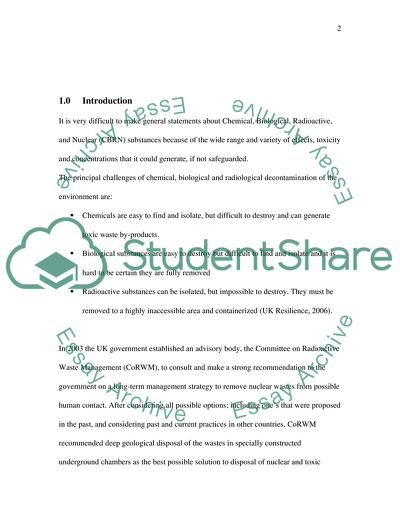Cite this document
(Risk Management in the Geological Disposal Essay - 3, n.d.)
Risk Management in the Geological Disposal Essay - 3. Retrieved from https://studentshare.org/geography/1705560-risk-management
Risk Management in the Geological Disposal Essay - 3. Retrieved from https://studentshare.org/geography/1705560-risk-management
(Risk Management in the Geological Disposal Essay - 3)
Risk Management in the Geological Disposal Essay - 3. https://studentshare.org/geography/1705560-risk-management.
Risk Management in the Geological Disposal Essay - 3. https://studentshare.org/geography/1705560-risk-management.
“Risk Management in the Geological Disposal Essay - 3”. https://studentshare.org/geography/1705560-risk-management.


